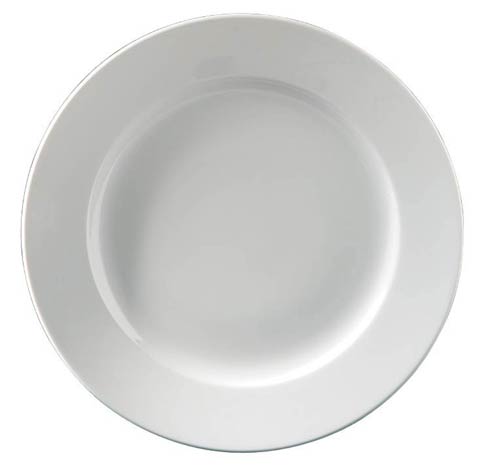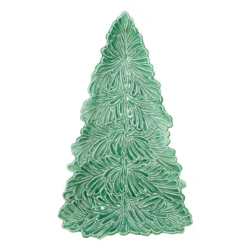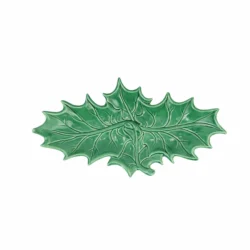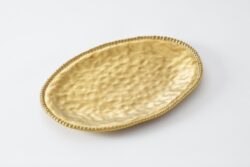Description
IMPORT ONLY
Richard Ginori 1735
About Richard Ginori 1735
Its long history and commitment make it the first and only
factory to combine the beauty of fine art with the beauty of
everyday objects. The story of the ‘white gold factory’ is
that of a time-honoured vision, the story of an enterprise
that has retained its standing of absolute preeminence for
nearly 275 years, always questing for artistic and creative
excellence while absorbing changing styles and developments
in technique as they were introduced over the years.
The ‘white gold factory’ was founded in 1735 in Florence,
in the grand duchy of Tuscany, by the great thinker and
entrepreneur Marquis Carlo Andrea Ginori. When the
Florentine aristocrat created the factory that was to become
one of the most famous makers of artistic porcelain in the
villa on the family estate in Doccia, ‘white gold fever’ had
just begun to spread across Europe. The early days were
difficult, but production soon accelerated. In 1747, there
were just two kilns in the Doccia factory, one for majolica
and one for porcelain. By 1774 the number of employees
had risen to one hundred, and by 1838 there were five
kilns, three for majolicas and stoves and two for porcelain,
and there were almost 200 employees. By 1889 there were
fifteen kilns and 1,200 employees. The Ginori family’s
success continued to 1896, when the company merged
with Milanese ceramics manufacturer Augusto Richard,
which already owned many factories in the north of Italy.
And so Richard-Ginori was established. Many mechanical
innovations were introduced in the workshops during this
period, with new Art Nouveau-influenced pieces now being
made alongside “classic” models of Doccia production.
When architect Gio Ponti took over as art director, he
revitalised production, leaving a profound and lasting
mark. Growth was intense: so much so that by 1930 the
factory covered over 80,000 square metres, with 40 kilns
and 2,000 employees.





